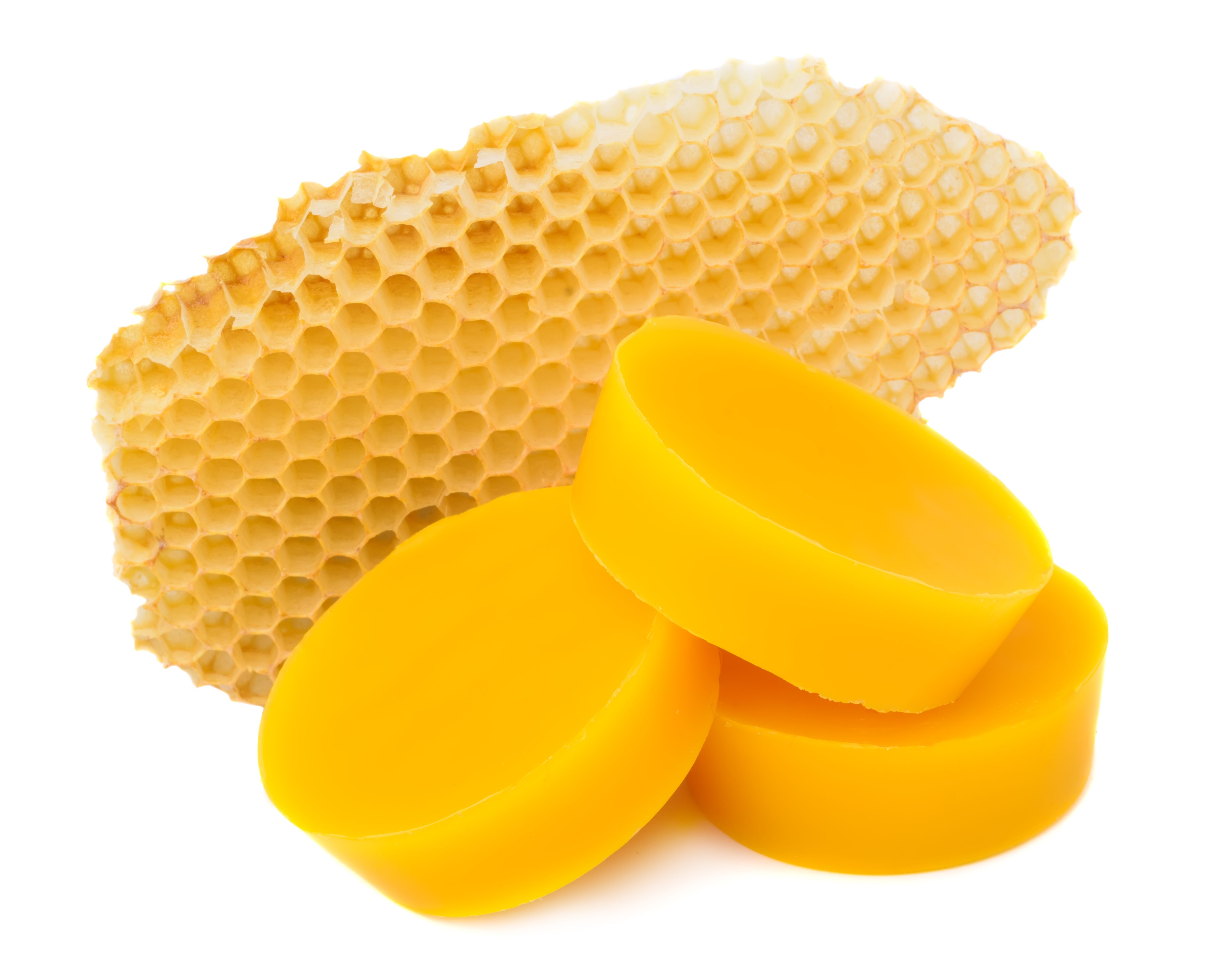- Acne
- Actinic Keratosis
- Aesthetics
- Alopecia
- Atopic Dermatitis
- Buy-and-Bill
- COVID-19
- Case-Based Roundtable
- Chronic Hand Eczema
- Chronic Spontaneous Urticaria
- Drug Watch
- Eczema
- General Dermatology
- Hidradenitis Suppurativa
- Melasma
- NP and PA
- Pediatric Dermatology
- Pigmentary Disorders
- Practice Management
- Precision Medicine and Biologics
- Prurigo Nodularis
- Psoriasis
- Psoriatic Arthritis
- Rare Disease
- Rosacea
- Skin Cancer
- Vitiligo
- Wound Care
Article
The Role of Beeswax in Supporting the Skin Barrier
Author(s):
A review of prior research shows that topical beeswax may have several dermatologic benefits.
Dynamic properties and components of topical beeswax make the ingredient beneficial in several dermatologic indications, according to a recent literature review.1
kosolovskyy/AdobeStock

According to researchers, beeswax possesses a variety of capabilities due to its make-up that enable it to provide skin-related benefits. As a hydrophobic compound, its alkanes, alkenes, diesters, free fatty acids, hydroxy-monoesters, monoesters, and structure make it suitable for use on the skin.1 Because of these properties, topical beeswax can be used as an occlusive, emollient, or as a humectant.
Additionally, due to propolis, which is an ingredient commonly mixed into beeswax products, topical beeswax can also provideanti-inflammatory, antimicrobial, and antioxidant benefits.1
In order for researchers to create an exhaustive list of topical beeswax uses in skin care, review authors engaged in a PubMed search wherein they extracted 109 articles relevant to the subject using search words such as “beeswax” and “skin,” “dermatology,” “dermis,” or “dermal.” Once researchers reviewed the resulting articles, they also analyzed their titles, abstracts, and references.
As a result, they found 2 research articles assessing the antimicrobial activity of beeswax against bacterial strains. In a study2 that they cited, bee propolis demonstrated significantly greater antimicrobial properties when compared to crude beeswax. However, crude beeswax still demonstrated antimicrobial efficacy, with notable efficacy in bacterial strains such as Bacillus subtilis, Escherichia coli, Pseudomonas aeruginosa, S. pyogenes, Staphylococcus aureus, Streptococcus epidermidis, and yeast C. albicans.
Additionally, a second study3 deemed beeswax ethanol and methanol extracts efficacious against several varying microbes.
The review also found that beeswax is efficacious in the management of pityriasis versicolor, tinea corporis, tinea cruris, and tinea faciei. Due to its ability to be used as an occlusive, beeswax is capable of forming a film atop the skin’s surface and protecting against external irritants.1 Additionally, moisturizing products containing beeswax can be clinically utilized in maintaining skin barrier integrity in patients with contact dermatitis.1
In one study included in the review, researchers found that, “Among those who were using a corticosteroid therapy at the time of inclusion, application with the mixture helped to reduce the dose of corticosteroid required to control AD. Similarly, in those with psoriasis, 50% of patients demonstrated marked improvement with the honey mixture and a reduction in corticosteroid usage if they were previously using this therapy.”
Additionally, 5 studies have centered around the use of beeswax in burn care, though only 2 have used human trial subjects. In these human trials, however, researchers found that beeswax mixtures significantly reduced epithelization initiation times, pain scores, hospital duration, and reduced itch more frequently than a control.
Because beeswax is not considered an irritant and the frequency of contact allergies as a result is low,1 it is commonly used in cosmetic ingredients as a thickener used in occlusives, or as an emulsifier when combined with borax.
“Much of the scientific literature described here has shown that beeswax can be a more natural approach to helping maintain skin hydration, easing inflammatory symptoms associated with skin diseases like atopic dermatitis or contact irritant dermatitis, and alleviating side effects of burns,” review authors wrote. “Its effects on the microbiome have been shown to reduce overgrowth of the skin's natural microbes, preventing the development of various tinea-associated conditions. Outside of its medicinal uses, beeswax remains a mainstay in cosmetics to help shape various products, add soothing properties, and enhance brilliance.”
Reference
- Nong Y, Maloh J, Natarelli N, Gunt HB, Tristani E, Sivamani RK. A review of the use of beeswax in skincare. J Cosm Dermatol. 2023. doi:10.1111/jocd.15718
- Ghanem N. The antimicrobial activity of some honey bee products and some Saudi folkloric plant extracts. J King Abdulaziz University-Science. 2011;23(2):47-62. doi:10.4197/sci.23-2.4
- Kacániová M, Vukovic N, Chlebo R, et al. The antimicrobial activity of honey, bee pollen loads and beeswax from Slovakia. Archives of Biological Sciences. 2012;64(3):927-934. doi:10.2298/abs1203927k
Newsletter
Like what you’re reading? Subscribe to Dermatology Times for weekly updates on therapies, innovations, and real-world practice tips.














